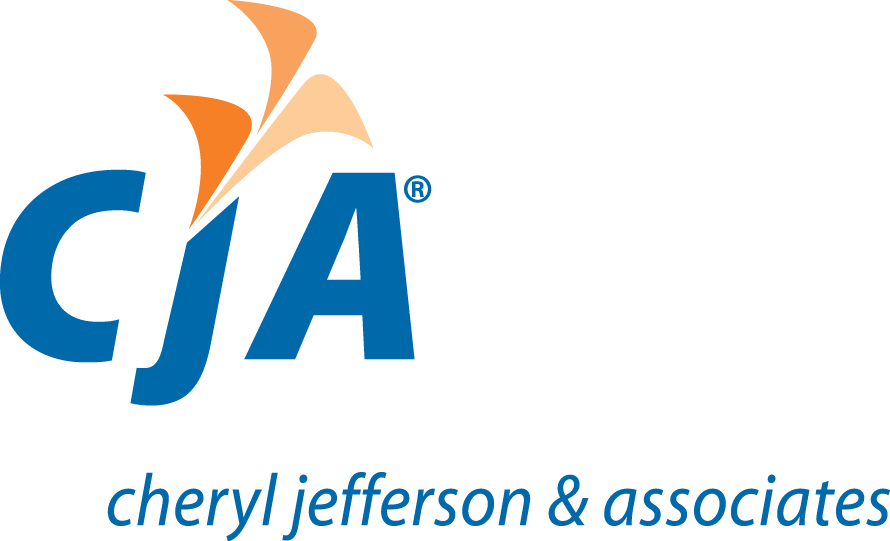Indirect Costs and Billing Rates
For government contractors there is a considerable amount of emphasis on indirect costs. The Federal Acquisition Regulations (FAR) provides the parameters for grouping these costs. Per FAR 31.203(c), “logical cost groupings” are for indirect costs.
Indirect Cost Groups
The cost groups generally used by government contractors are:
- Fringe (FR) – costs paid by an employer to employees beyond the standard wages. Some examples are health insurance, 401(k) contributions, paid time off, etc.
- Overhead (OH) – costs related to jobs, but which one cannot allocate to a specific job. For example, materials or supplies used for more than one job.
- General & Administrative (G&A) – costs associated with running the business which it would incur regardless if the company had customers. Some examples are business insurance, accounting expenses, and office rent.
- Bid & Proposal (BP) – costs associated with preparing or submitting proposals. Examples include consultants and labor related to obtaining and supporting a contract proposal.
- Internal Research & Development (IR&D) – costs associated with developing a new product. This includes costs such as materials, labor, and consultants related to IR&D.
- Service Center (SC) – costs connected to a specific location which provides internal services or resources. Examples are rent of an office or building, labor, and utilities used for an IT department.
Notably, FR, OH, BP, and IR&D costs are indirect unless the contract specifically requires that cost, in which case the cost would be a direct cost.
Billing Rates
Why does the government care how the contractor allocates indirect costs? The answer to this question comes down to billing. When submitting a proposal, the indirect costs (historical and budgeted) are taken into account to determine a fair billing rate for both the contractor and the government. Consequently, a government contractor is given a good opportunity of covering all valid costs incurred to perform the contract, not just direct costs. FAR 15.404 requires the contracting officer to evaluate the reasonableness of the billing rate. Once billing rates have been agreed to, it is important to monitor these numbers. Otherwise, if these costs increase too much, the billing rates will no longer cover the indirect costs which can lead to a loss for the contractor.
Grouping indirect costs correctly is important for the success of a government contractor. Cost allocation of indirect costs affects meeting FAR requirements and the profit of a government contract company. Consult with your government contract accountant to make sure you are allocating costs correctly and to ensure you company is Defense Contract Audit Agency (DCAA) compliant.
Contributed by Jamie M. Shryock, CPA

